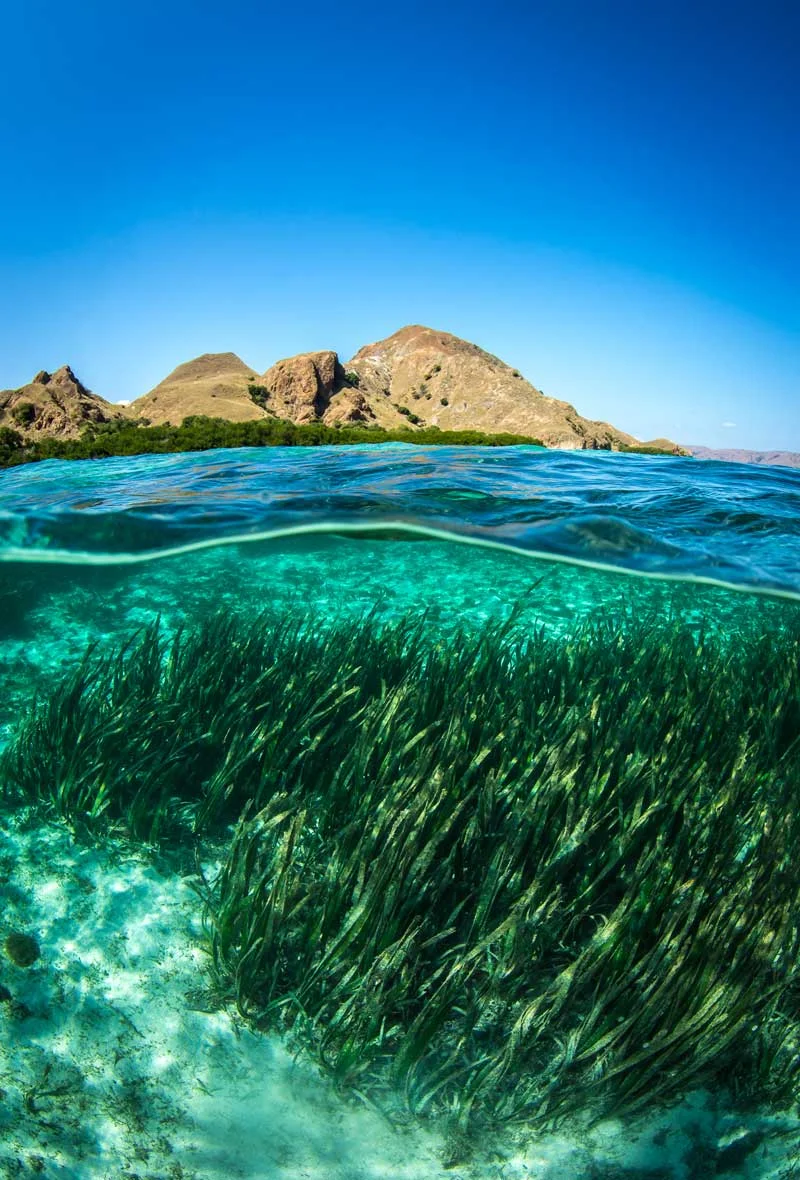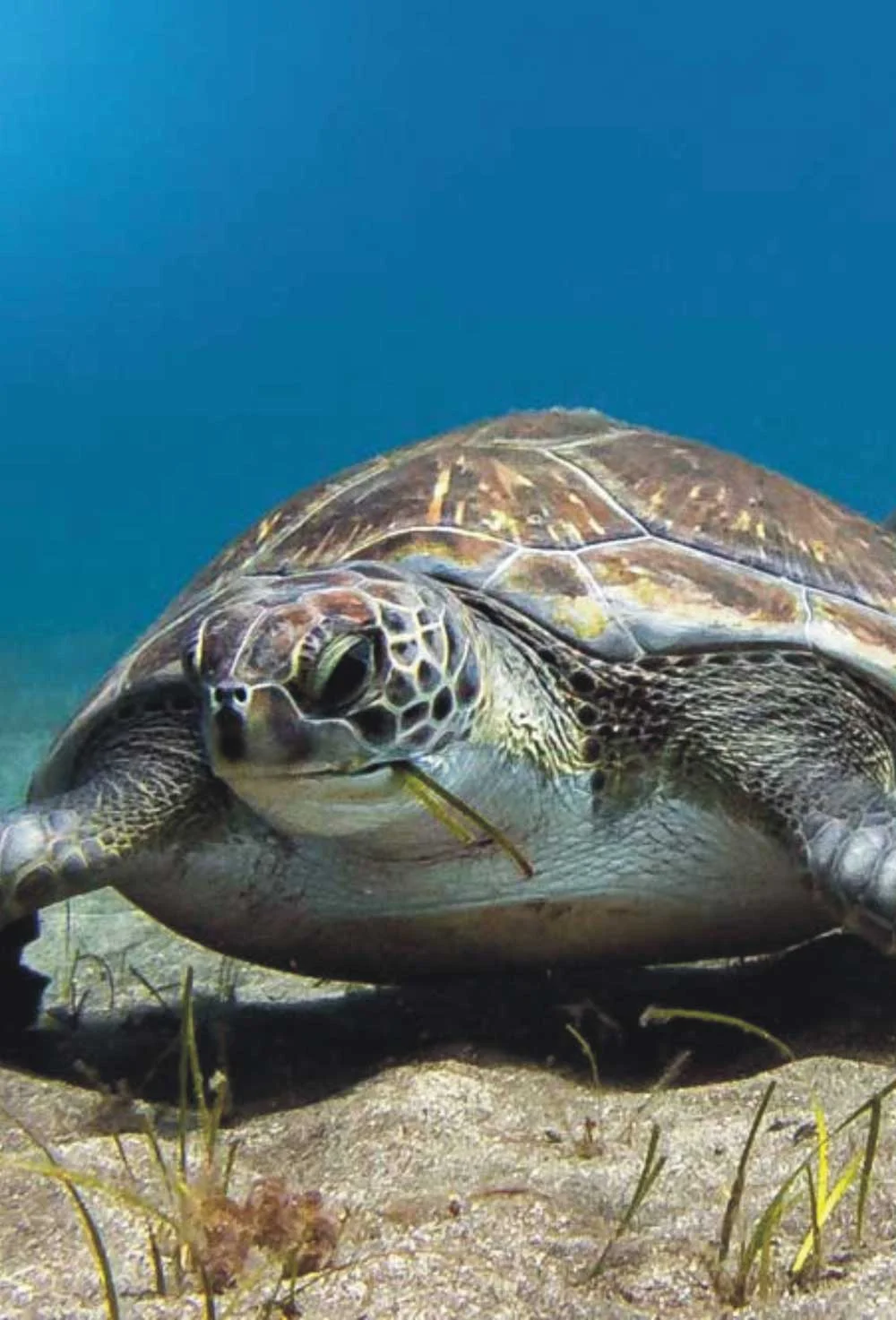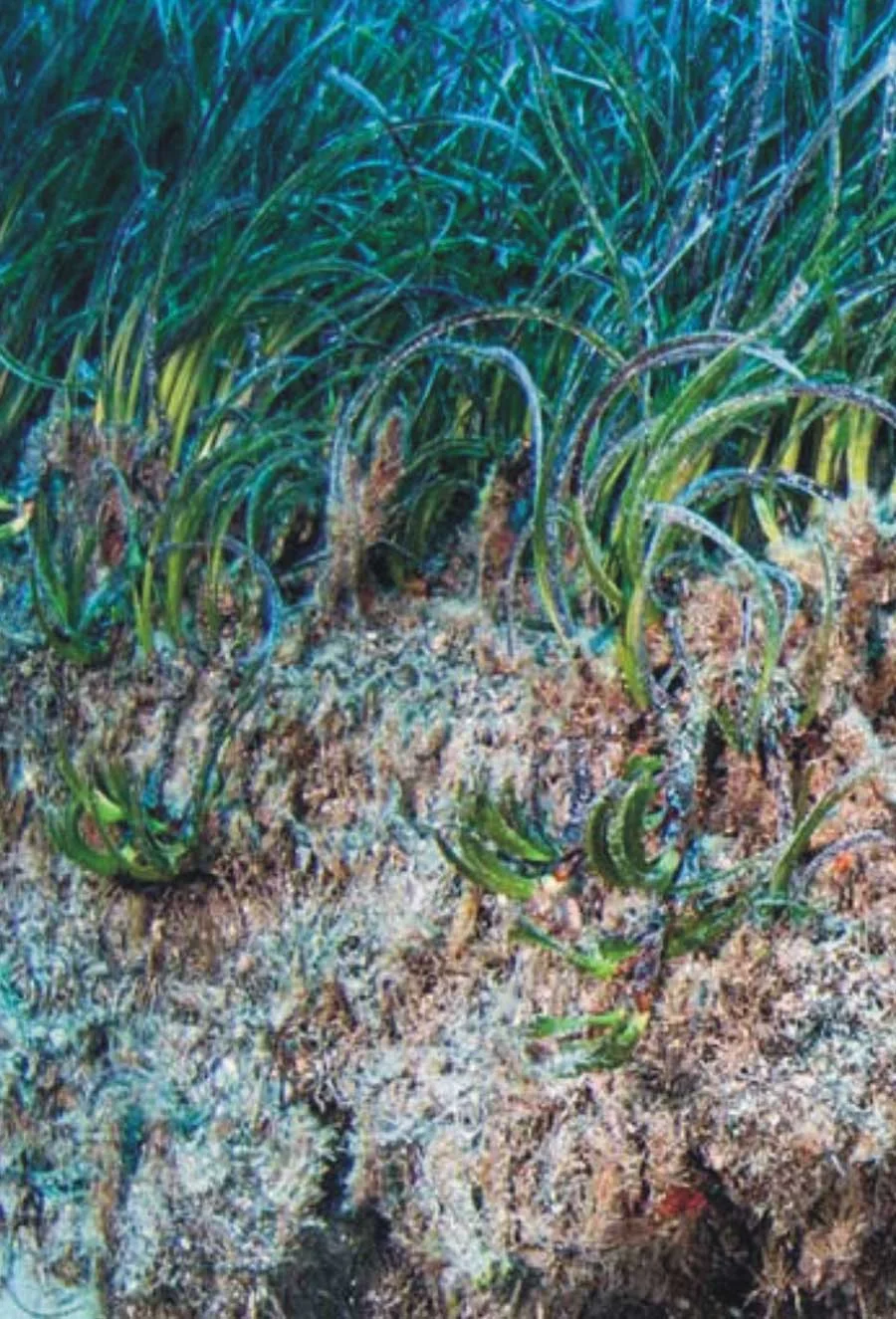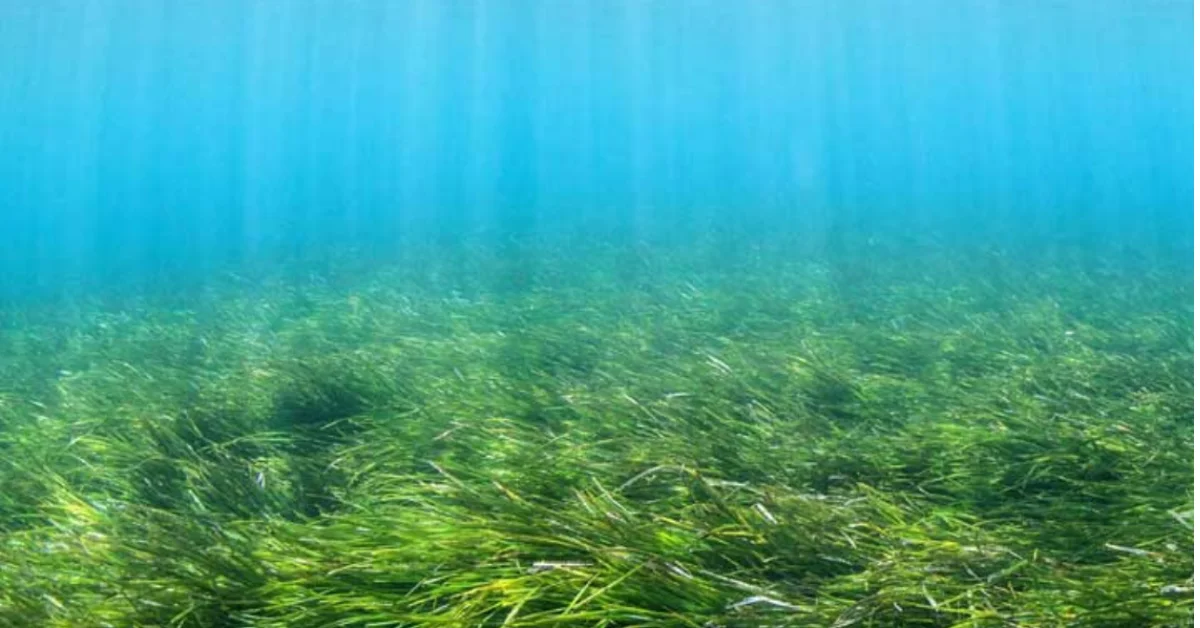A hands-on seagrass restoration project is underway in the Caboolture River, tackling nutrient pollution and habitat loss while giving local marine life a better chance to thrive.
Over years, the roughly 46-kilometer Caboolture River—which runs from the D’Aguilar Range to Moreton Bay—has suffered its fair share of environmental mishaps. Damage of habitat, nutrient runoff, and sediment build-up have all cost. Particularly badly hit are seagrass meadows, a vital food source for dugongs and turtles.

Seagrasses are proper marine plants with roots, flowers, and strap-like leaves; they are not just seaweed. Growing in shallow coastal waters, they are vital for preserving underwater equilibrium. Seven varieties of seagrass, including Halophila ovalis and Zostera muelleri, are still clinging on in Moreton Bay despite the pressures.
What’s Happening in the Caboolture River?
The Caboolture River is one of seven spots across Moreton Bay chosen for Unitywater’s seagrass restoration project. Other locations include Beachmere, Bells Creek, Toorbul, Scarborough, Coochin Creek, and southern Bribie Island. The plan is simple but impactful—plant seagrass, monitor its growth, and measure how well it can filter out nasties like nitrogen and phosphorus.
Mike Basterfield, Unitywater’s Executive Manager of Sustainable Infrastructure Solutions, reckons the Caboolture River is a key focus because of its history of environmental challenges and its close ties to urban areas. The project also lines up with Unitywater’s bigger goal: net-zero nutrient discharge into waterways by 2040.
Research support from the University of the Sunshine Coast, led by Dr Christopher Henderson, will help track how well the seagrass takes hold and how much of an impact it’s making on water quality.
Why Locals Should Care

Everyone benefits from healthy seagrass, not just dugongs and turtles. These underwater meadows stabilise riverbanks, help to keep water clean, and stop algae blooms. They lock away extra nutrients and behave as organic filters.
This isn’t Unitywater’s first go at improving the Caboolture River. Their earlier Nutrient Offset Project managed to keep nearly 1900 kilograms of nutrients from ending up in the water. Surveys after the 2022 floods even showed some areas of intertidal seagrass in the river starting to bounce back.
What’s Next?
The seagrass planting in the Caboolture River is set to wrap up by mid-2025. After that, the hard work of monitoring and research will keep going. The results from this project won’t just benefit Caboolture—they’ll provide lessons for similar projects all across Moreton Bay.

For now, the signs are positive. If the seagrass keeps growing strong, the Caboolture River could become a shining example of how nature and science can work hand in hand to fix what’s been broken.
Photo Credit: Seagrass Watch
Published 3-Jan-2025












